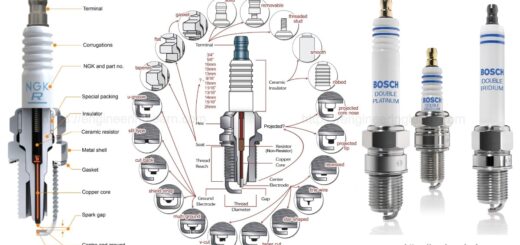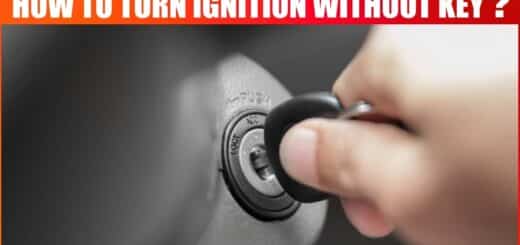Mechanism of Timing Chain [Automobile]
Mechanism of Timing Chain: Timing chain is a part of an internal combustion engine that controls the timings of the engine valves.

- A timing belt, timing chain or camshaft is a part of an internal combustion engine that states the rotation of the crankshaft and the camshaft so that the engine valves open & close at the proper moment of time at each cylinder intake and exhaust strokes.
- Timing chain functions in same way that a timing belt does.
- TIMING CHAIN/BELT COMPONENTS: Timing kits include the camshaft and crankshaft sprockets, timing chain, tensioners and guides.
CONSTRUCTION & DESIGN:
Timing belt is basically rubber with high tensile fibers. (E.g. fiberglass or Twaron, Kevlar are heat resistant and strong synthetic fiber).
- Rubber degrades with higher temperature and contact with motor oil, thus life cycle of the timing chain is lowered in hot or leaky engines. HSN “highly saturated nitrile may be used for construction of belts. Older belt are found with the trapezoid style shaped teeth leading to high rates of tooth wear. New modern techniques allows for curved teeth that are quitter and last longer.
- Aftermarket timing belt may be used to alter engine performance. OEM(original equipment manufacturer) timing belt will stretch at high RPM, retarding the cam and therefore the ignition.
ENGINE APPLICATION:
In the internal combustion engine application, timing belt / chain connects the crankshaft & camshaft each other which control the opening and closing of the engine’s valves. A 4 strokes engine requires that the valves open and close after each successive revolution of the crankshaft.
- In some engine design, the belt may be used to drive other engine such as water pump and oil pump.
- While chains and gear with high durability rubber composites belts are quitter during the operation process (In most modern engine the noise difference is negligible) are less expensive and more efficient by mechanically mean.
- Gear or chain system also used to connect the crankshaft to the camshaft at the right moment of the time. However gears and shafts constrain the relative location of the crankshaft and camshaft.
- A belt or chain allows for much more flexibility in the relative location of the crankshaft and camshaft. Timing belt are typically covered by metal or polymer timing belt covers which requires the removal to carry out inspection and replacement.
- A timing belt is a specific application of a synchronous belt used to transmit rotational power synchronously.
Mechanism of Timing Chain
when an automotive timing belt is replaced it must be ensure that the valve and piston movement are equally synchronized. Failures in synchronization leads to problem with valve timing, in extreme (at most) can cause collision between valve and piston in engines.
TIMING BELT FAILURES:
The usual modes of the failures of the timing belt are either stripped teeth or delamination or unravel (twisted, knitted)of the fiber cores. Failures of tensioners are is common due to which belt life will be drastically shortened.













